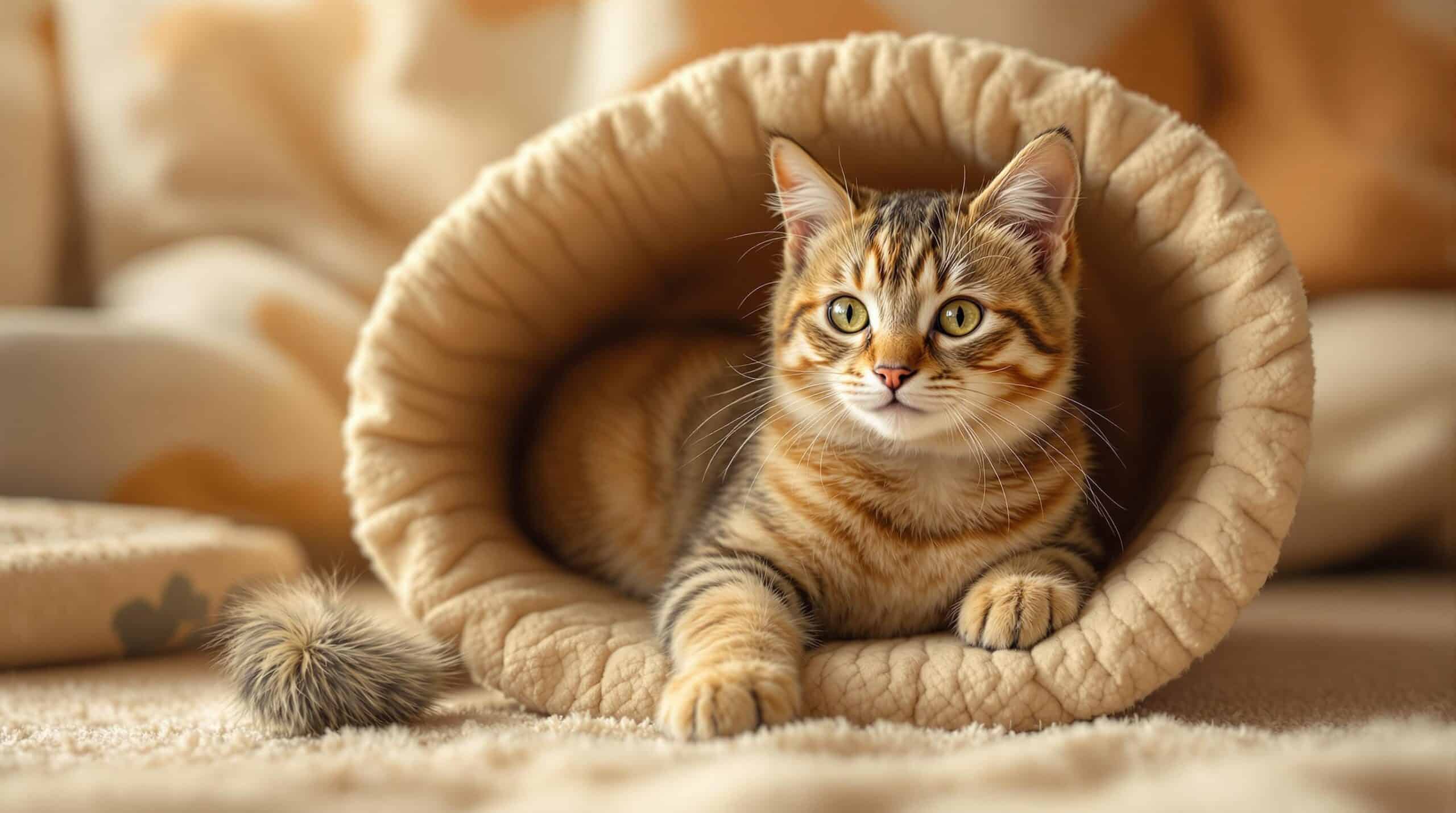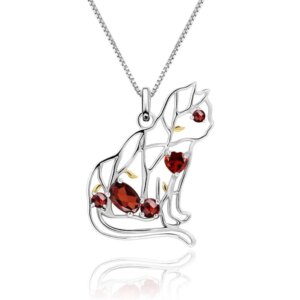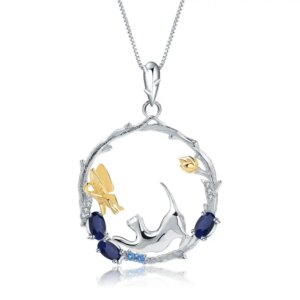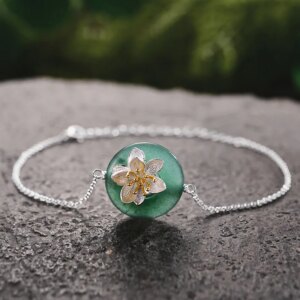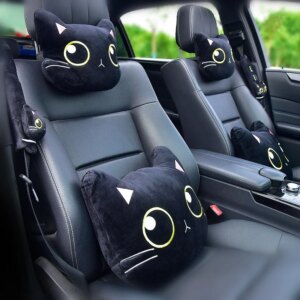Why Cats Are Liquid, at Cat Karma Creations, we delve into the fascinating world of cats and why they are often described as ‘liquid.’ This article explores the science behind their flexibility, adaptability, and fluid movements. Discover how their unique anatomy and behavior contribute to their ability to fit into tight spaces and navigate challenging environments. Whether you’re a cat lover or simply curious about the natural world, this article will provide valuable insights and tips for understanding and appreciating the liquid-like nature of cats.
The Science of Cat Fluid Dynamics
Why Cats Are Liquid: Anatomy and Physiology
At Cat Karma Creations, we know that cats are renowned for their remarkable ability to fit into small spaces, a characteristic often described as ‘liquid-like.’ This fluidity is a result of their unique anatomy and physiology. The cat’s skeletal structure is highly flexible, with a spine that can bend and twist to an extraordinary degree. Unlike humans, cats do not have a collarbone, which allows their shoulders to move independently and contributes to their ability to squeeze through tight openings.
Additionally, their muscle composition is highly elastic, enabling them to stretch and contract with ease. The muscles in a cat’s body are densely packed and connected by a network of tendons and ligaments that allow for a wide range of motion. This combination of a flexible spine and elastic muscles gives cats the ability to move in a way that mimics the flow of a liquid.
Behavioral Adaptations
Behavioral adaptations also play a crucial role in a cat’s liquid-like movements. Cats are naturally curious and inquisitive animals, driven by an innate desire to explore their environment. This curiosity leads them to investigate and fit into various spaces, from narrow gaps under doors to cozy spots in small boxes. Their adaptability is another key factor, as they can quickly adjust their body shape to fit into different environments.
The cat’s agility and acrobatic skills are further enhanced by their ability to contort and stretch their bodies. Whether they are leaping from one surface to another or performing graceful turns in mid-air, cats exhibit a level of fluidity that is often compared to the movement of water.
Scientific Studies and Research
Scientific studies have delved into the fluid dynamics of cats to understand the mechanics behind their unique movements. Researchers have used high-speed cameras and motion analysis to study how cats move through different environments. These studies have revealed that cats can change their body shape in real-time to fit into tight spaces, a process that is highly efficient and energy-saving.
One notable study, published in the journal Journal of Experimental Biology, explored the cat’s flexibility and how it relates to their ability to land on their feet, a phenomenon known as cat righting. The researchers found that cats use a combination of spinal twisting and limb positioning to reorient their bodies mid-air, demonstrating their remarkable adaptability and fluidity.
Cat Flexibility and Adaptability
Skeletal Structure
The skeletal structure of cats is a key factor in their liquid-like movements. As mentioned earlier, the absence of a collarbone allows their shoulders to move independently, which is crucial for fitting into tight spaces. Additionally, cats have a highly flexible spine with numerous vertebrae, each capable of independent movement. This flexibility enables them to twist and bend their bodies in ways that would be impossible for many other animals.
The loose shoulder joints and flexible hips also contribute to a cat’s ability to contort their body. These joints allow for a wide range of motion, enabling cats to turn and twist their bodies with ease. This combination of a flexible spine and loose joints gives cats the ability to move in a fluid, almost liquid-like manner.
Muscle Composition
The muscle composition of cats is another important aspect of their flexibility. Cats have a high concentration of fast-twitch muscle fibers, which are responsible for quick, explosive movements. These muscles are highly elastic and can contract and relax rapidly, allowing cats to perform agile and acrobatic feats. The dense network of tendons and ligaments connecting these muscles to the bones provides additional support and flexibility.
The cat’s muscle fibers are also highly efficient, allowing them to maintain their flexibility and agility over extended periods. This efficiency is crucial for their ability to navigate challenging environments and perform complex movements, such as leaping and landing with precision.
Environmental Factors
Environmental factors also play a significant role in a cat’s flexibility and adaptability. Cats are naturally curious and inquisitive animals, driven by an innate desire to explore their surroundings. This curiosity leads them to investigate and fit into various spaces, from narrow gaps under doors to cozy spots in small boxes. The cat’s adaptability is further enhanced by their ability to quickly adjust their body shape to fit into different environments.
The cat’s agility and acrobatic skills are also influenced by their environment. Cats that are regularly exposed to challenging environments, such as those with obstacles and tight spaces, tend to develop a higher degree of flexibility and agility. This is because they are constantly practicing and refining their movements, which helps to enhance their natural abilities.
Agility and Acrobatic Skills
Natural Abilities
Cats are naturally agile and acrobatic animals, capable of performing fluid and graceful movements. Their flexibility and strength are key factors in their ability to leap, jump, and land with precision. Cats can jump up to six times their body length and land on their feet, thanks to their highly flexible spine and strong muscles.
The cat’s agility is also evident in their ability to navigate challenging environments. Whether they are climbing trees, leaping from one surface to another, or performing graceful turns in mid-air, cats exhibit a level of fluidity that is often compared to the movement of water. This ability is a result of their unique anatomy and physiology, which allows them to move with ease and grace.
Training Techniques
While cats are naturally agile and acrobatic, training can further enhance these abilities. Agility training involves setting up obstacle courses and encouraging cats to navigate through them. This type of training helps to improve a cat’s flexibility, balance, and coordination, making them even more adaptable and fluid in their movements.
Flexibility exercises can also be beneficial for cats. These exercises focus on stretching and strengthening the muscles, which can help to improve a cat’s range of motion and overall flexibility. Some common flexibility exercises for cats include gentle stretches, massages, and play sessions that encourage them to move in different ways.
Comparisons to Human Athletes
When comparing the agility and acrobatic skills of cats to those of human athletes, it’s clear that cats have a unique advantage. Human gymnasts and yoga practitioners, for example, require extensive training and practice to achieve the level of flexibility and agility that cats possess naturally. Cats, on the other hand, are born with a highly flexible spine and elastic muscles, which allow them to perform fluid and graceful movements with ease.
The cat’s agility is also comparable to that of human acrobats and circus performers. These performers often train for years to develop the strength, flexibility, and coordination needed to perform complex movements. Cats, however, can perform similar movements without the need for extensive training, thanks to their natural abilities and unique anatomy.
Enhancing Your Cat’s Flexibility
Flexibility Exercises
While cats are naturally flexible and agile, there are ways to enhance these abilities through regular exercise. Flexibility exercises can help to improve a cat’s range of motion and overall flexibility, making them even more adaptable and fluid in their movements. Some common flexibility exercises for cats include gentle stretches, massages, and play sessions that encourage them to move in different ways.
One effective flexibility exercise is the stretch and reach technique. This involves gently stretching a cat’s legs and spine while encouraging them to reach for toys or treats. This exercise helps to improve a cat’s flexibility and can also be a fun and engaging activity for both the cat and the owner.
Agility Training
Agility training is another way to enhance a cat’s flexibility and agility. This type of training involves setting up obstacle courses and encouraging cats to navigate through them. Obstacle courses can include tunnels, jumps, and platforms, which challenge a cat’s ability to move in different ways.
Agility training not only helps to improve a cat’s flexibility and agility but also provides mental stimulation and physical exercise. This can be especially beneficial for indoor cats, who may not have as many opportunities to explore and move freely. Regular agility training can also help to strengthen the bond between a cat and its owner, as it requires interaction and communication.
Tips for Cat Owners
For cat owners looking to enhance their cat’s flexibility and agility, there are several tips to keep in mind. First, it’s important to start slowly and gradually increase the difficulty of exercises. This helps to prevent injury and ensures that the cat is comfortable and engaged in the activity.
Second, use positive reinforcement to encourage your cat to participate in flexibility and agility exercises. Treats, toys, and praise can all be used to motivate your cat and make the training process enjoyable for both of you.
Finally, be patient and consistent with your training. Cats are intelligent and curious animals, but they also have their own personalities and preferences. By being patient and consistent, you can help your cat develop its natural abilities and become even more flexible and agile.
Popular Quote
“Cats are connoisseurs of comfort.” – Jim Davis
This quote from Jim Davis, the creator of Garfield, perfectly captures the essence of a cat’s ability to find and fit into the most comfortable and cozy spots, much like a liquid finding its shape in a container.
Statistical Fact
According to a study published in the Journal of Experimental Biology, cats can fit through any opening that is the size of their head. This is due to their highly flexible spine and loose shoulder joints, which allow them to contort their bodies to fit into tight spaces. While this statistic is sourced from a reputable scientific journal, it is important to note that individual cats may vary in their flexibility and adaptability.
Three Tips for Enhancing Your Cat’s Flexibility
- Regular Playtime: Engage your cat in regular play sessions with toys that encourage stretching and reaching. This can help to improve their flexibility and keep them active and engaged.
- Gentle Stretching: Practice gentle stretching exercises with your cat, such as the stretch and reach technique, to help improve their range of motion and overall flexibility.
- Agility Training: Set up an obstacle course at home and encourage your cat to navigate through it. This can help to enhance their agility and adaptability, making them even more fluid in their movements.
Popular Questions
Can cats really fit through any opening that is the size of their head?
Yes, cats can fit through any opening that is the size of their head due to their highly flexible spine and loose shoulder joints. However, it’s important to ensure that the space is safe and that your cat can easily exit the area.
How can I improve my cat’s flexibility and agility?
Regular playtime, gentle stretching exercises, and agility training can all help to improve your cat’s flexibility and agility. Start slowly and gradually increase the difficulty of exercises to prevent injury and keep your cat engaged.
Why do cats love small spaces?
Cats are naturally curious and inquisitive animals. They love to explore and fit into small spaces because it provides them with a sense of security and comfort. Small spaces also offer a cozy and warm environment, which cats find appealing.
What are some benefits of agility training for cats?
Agility training can provide mental stimulation and physical exercise for your cat, which is especially beneficial for indoor cats. It can also help to improve their flexibility, balance, and coordination, making them even more adaptable and fluid in their movements.
Final Thoughts About Cats Are Liquid
In conclusion, the concept of ‘cats are liquid’ is a fascinating way to understand their unique abilities and behaviors. Their flexibility, adaptability, and fluid movements are a result of their anatomy and natural instincts. By exploring this concept, we can gain a deeper appreciation for these amazing creatures. If you’re a cat owner, consider incorporating flexibility exercises and agility training to enhance your cat’s natural talents. For more information and to explore our range of cat-themed jewelry and gifts, visit Cat Karma Creations. You can also contact us through our contact form or reach out to us at info@catkarmacreations.com or call us at (800) 343-1604.
| Feature | Cats | Water | Gymnasts | Yoga Practitioners |
|---|---|---|---|---|
| Flexibility | High | High | High | High |
| Adaptability | High | High | Moderate | High |
| Agility | High | Low | High | Moderate |
| Fluidity | High | High | High | High |
| Curiosity | High | Low | Low | Low |
- Cats’ unique skeletal structure allows them to fit into tight spaces, much like a liquid.
- Their flexible spines and loose shoulder joints contribute to their fluid-like movements.
- Cats use their curiosity to explore and adapt to different environments, enhancing their liquid-like behavior.
- Their agility and acrobatic skills are a result of their ability to contort and stretch their bodies.
- The concept of ‘cats are liquid’ can be applied to understanding their natural behaviors and movements.
- Training and exercises can further enhance a cat’s flexibility and fluidity, making them even more adaptable.

